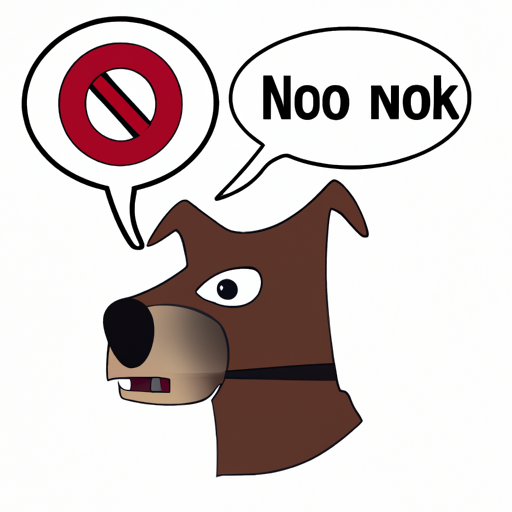As someone who cares for a dog, you are no stranger to the occasional, or perhaps not so occasional, barking. However, when your canine companion’s vocalizations turn from charming communication to incessant noise, it’s time to seek a solution. One such method, often misunderstood, is the use of a muzzle. But, does it really stop barking? Let’s explore this topic together.
Understanding the Purpose of a Muzzle
A muzzle is designed to control your dog’s behavior for their safety and the safety of others. It restricts biting and eating undesirable items but does not completely silence a dog. They can still whine, whimper, and yes, bark, albeit with less volume.
Misconceptions about Muzzles
It’s important to dispel some common misconceptions about muzzles:
- Muzzles are cruel: When used properly, muzzles are not cruel. They should not cause discomfort or distress to your dog.
- Only aggressive dogs wear muzzles: This is a misconception. Muzzles can be used to prevent a variety of unwanted behaviors, not just aggression.
- Muzzles completely stop dogs from barking: As mentioned earlier, muzzles do not completely stop a dog from barking. They merely muffle the sound.
Types of Muzzles and Their Effects on Barking
There are mainly two types of muzzles: Basket Muzzles and Soft Muzzles.
| Type | Description | Effect on Barking |
|---|---|---|
| Basket Muzzles | Made from wire, plastic, or rubber and designed to fit your dog’s snout with space for panting and drinking. | The design allows for some noise, including barking, but at a reduced volume. |
| Soft Muzzles | Made from fabric and wraps around your dog’s mouth. | Limits opening of the mouth, thereby reducing the volume of barking significantly but doesn’t completely stop it. |
The Role of Training in Controlling Barking
While muzzles can help manage barking, they are not a perfect or long-term solution. Training your dog to control their barking is far more beneficial.
- Positive reinforcement: Reward your dog when they stop barking on command. Treats, toys, or praise can be used as rewards.
- Redirect attention: Distract your dog from the source of their barking.
- Desensitize: Gradually expose your dog to the source of their barking until they become accustomed to it.
Health Risks Associated with Muzzles
Despite being a useful tool, misuse of muzzles can lead to health risks such as:
- Difficulty breathing
- Overheating
- Skin irritation
- Stress and anxiety
Always consult with a professional before using a muzzle and never use it as a replacement for good training.
When to Seek Professional Help
If your dog’s incessant barking continues to be a problem despite your efforts, it might be time to seek help from a professional dog trainer or a behavioral consultant. They can provide personalized training programs and guidance to address your dog’s specific needs.
Frequently Asked Questions (FAQs)
Q: How long can a dog wear a muzzle?
A: It varies depending on the situation, but generally, a dog should not wear a muzzle for more than an hour at a time.
Q: Can a dog drink water with a muzzle on?
A: Yes, if it’s a basket muzzle. Soft muzzles restrict the dog’s ability to drink.
Q: Is it okay to use muzzles for puppies?
A: No, it’s not advisable. Puppies are still learning and growing. Using a muzzle at such an early age can lead to fear and mistrust.
Q: Are there alternatives to using a muzzle to control barking?
A: Yes, training methods often work best. You can also use tools like anti-bark collars and ultrasonic devices.
In conclusion, muzzles can reduce the volume of a dog’s barking but don’t entirely stop it. Remember, the key to handling excessive barking lies more in understanding and addressing your dog’s needs rather than suppressing their ability to express themselves.



